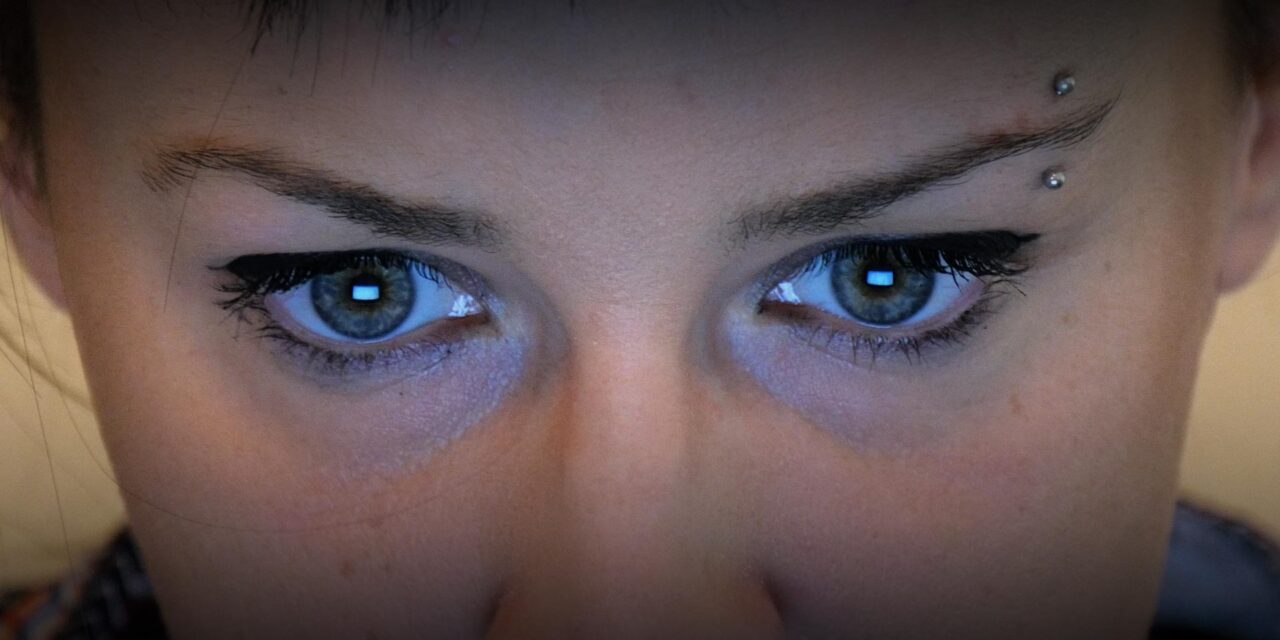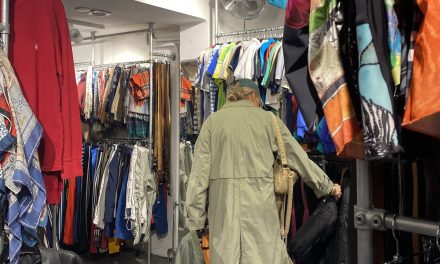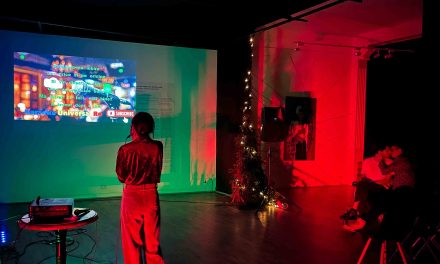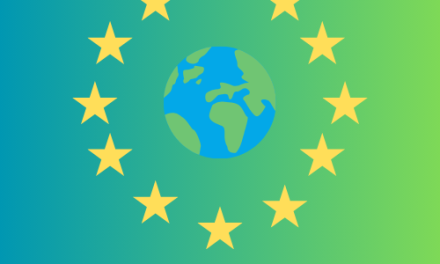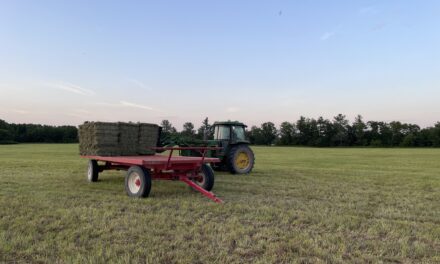From hateful comments on news websites to death threats on social media: female journalists globally experience a range of online violence. According to survey results from the International Federation of Journalists (IFJ), two-thirds of female journalists have suffered gender-based violence online. The abuse and harassment impact them both psychologically and professionally. What are the consequences of these attacks and what is required to eradicate this trend of increasing online violence?
A house with an alarm system that doesn’t work, and all of a sudden strangers are intruding your personal space: this metaphor illustrates the feeling of enduring online violence, according to Arzu Geybullayeva. She is an Azerbaijani columnist and journalist with a special focus in human rights and press freedom in Azerbaijan and has been subject to numerous online harassment attacks. It all started back in 2014 when she worked for Turkish-Armenian newspaper Agos, which triggered protest from her native country. “Someone made a cartoon of me in the arms of the former Armenian president, with my father’s gravestone in the background and a disappointing look on his face.” After receiving death threats online, she decided it was no longer safe in her home country and moved to Istanbul where she continues covering Azerbaijan.
“We live in a time where online hatred is being normalized”
“The aim of these attacks is to discredit me, to discourage me and ultimately, to silence me. I recently came out of another battlefield of online harassment”, Geybullayeva says, referring to her reporting on the Nagorno-Karabakh war last year – which caused an outburst of social media attacks. “I would dedicate at least an hour a day to see what has been written about me, block people, mute people and report people. My quotum of online harassment is fulfilled for the whole year by now”, she states ironically. “As soon as I realized why I was being attacked, I started documenting and sharing it to make it visible to the outside world. That’s been my coping mechanism. Once you understand that this is not going away and it’s a part of your professional career, you face a choice: you either give in to it or you build yourself up. Unfortunately, we live in a time where online hatred is being normalized. They say it’s part of the job, but we shouldn’t be dealing with it – especially not on our own.”
Silencing women’s voices
The United Nations (UN) Secretary-General and UN Women have adopted the term online violence together with the Special Rapporteur on Violence Against Women to describe threats in online environments against women journalists. The phenomenon of online violence consists of a wide range of harassment, including abusive language, threats of physical and/or sexual violence, spreading misinformation and manipulated images, and digital security attacks.
“The psychological impact of online violence is unforeseeable”, Pamela Morinière states, head of the Communications and Campaigns department and Gender officer at the International Federation of Journalists (IFJ). The IFJ is the world’s largest organization of journalists, representing media professionals in more than 140 countries. According to IFJ survey results, 64% of women journalists have been a victim of online harassment. “The aim of gender-based online violence is silencing the voices of women journalists. Harassment should never be a part of anyone’s job.” She sees a particular challenge for freelance journalists who are working for different media outlets without a permanent editorial office. “They especially need social media to profile themself and promote their journalistic work. If they can’t do that anymore, they become invisible.”
Not only does gender-based violence impact the women who experience it directly, but it also influences those who view it from the outside. Threats of harm are often connected to the families, sources and audiences of the targeted women journalists, as a means of causing a ‘chilling effect’ on their journalism. “We cannot undermine the consequences this ‘chilling effect’ has on others, which can discourage other women from participating in journalism”, according to Morinière.
Treating online violence as an expected part of the job is unacceptable, says Nadine Hoffman, deputy director of the International Women’s Media Foundation (IWMF). “Just as physical attacks, online attacks are attempts to silence women’s voices in the news. That kind of trauma by default impacts a journalist’s ability to feel safe and continue reporting. Without women’s voices, there is no full story. But around the world, women are being threatened, attacked, imprisoned and even killed for their professional work. These are violations of press freedom, which is critical to a fair, free and functioning society.” In their 2018 report on harassment of female journalists, they found that a third of them considered leaving the profession because of online attacks and threats. “When those women leave the field or even when they begin to self-censor from fear of attack, we lose their perspectives on the news. We can say the same of racial diversity in journalism, as journalists of colour, and particularly female journalists of colour, face racist attacks online.”
Increasing online abuse
“When female journalists can’t do their work safely, this can impact the quality of their work”, says Dr Silvia Chocarro, head of Protection Journalists & Human Rights Defenders at the international human rights organization Article 19. “The harassment of female journalists also directly affects diversity in the journalistic field, as women journalists may decide to self-censor themselves or not write about certain controversial topics at all. This impacts the information society is going to receive and therefore, the right of citizens to be informed – for which journalism is vital.”
Enlarge
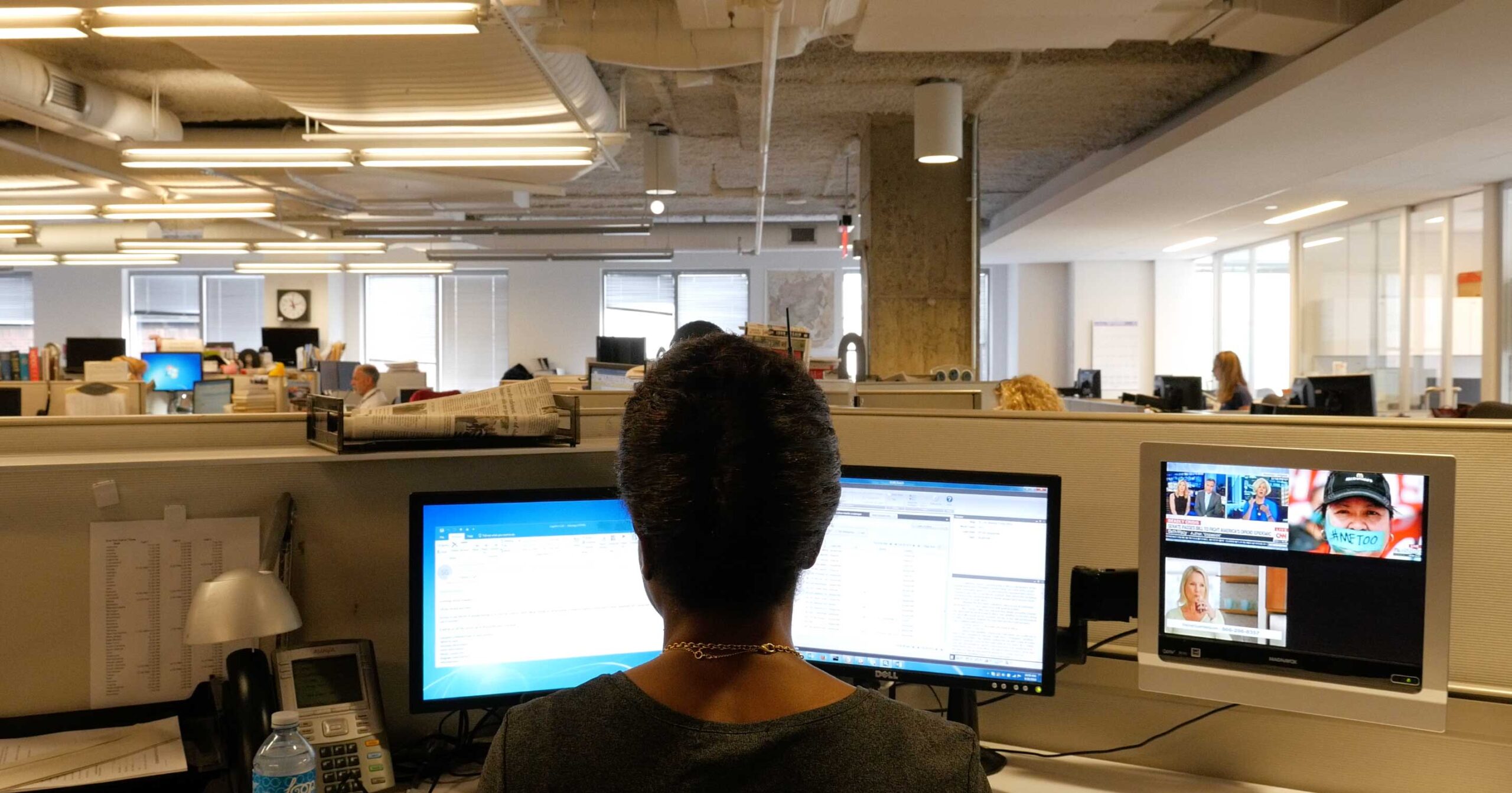
In a more recent report conducted by UNESCO and the International Center for Journalists (ICFJ) in late 2020, spanning journalists from 125 countries, 73% of women respondents said they had experienced online violence. Online attacks don’t always stay online: 22% of the women journalists who responded to the survey reported they have experienced abuse and attacks in the physical world, which they believed were correlated to online violence targeting them. Online attacks targeted at female journalists appear to be increasing during the COVID-19 crisis, as another recent global survey conducted by ICFJ in partnership with Tow Center for Digital Journalism, shows that 20% of the respondents describe their experience of online abuse as “much worse than usual”.
Shared responsibility
The UN Special Rapporteur on violence against women, Dubravka Šimonović, published her yearly report to the Human Rights Council last year under the theme combating violence against women journalists. In the report, she concludes that States have the obligation to “include a gender perspective in all initiatives aimed at creating and maintaining a safe and favourable environment for free and independent journalism”.
The Office of the Organization for Security and Co-operation in Europe (OSCE) Representative on Freedom of the Media is mandated to help the 57 participating member states uphold their commitments to freedom of expression and free media. Julia Haas is responsible for the OSCE’s project on Safety of Female Journalists Online, #SOFJO. “The issue occurs on an individual level, what it does to women journalists, and on a societal level, impacting pluralism and diversity in the media, which then directly impacts the conversations we can have as a society and ultimately, the democratic discourse.”
In 2019 the International Labour Organization (ILO) adopted the first legally binding treaty to address gender-based violence and harassment in the work field, recognizing it as a human rights violation. “As soon as the convention is ratified by governments, national media employers need to take concrete steps to fight against online harassment and abuse. By doing so, they guarantee to take the issue seriously. There is still much work that needs to be done, but this a good step forward,” Morinière says. However, legislation specifically focused on gender-based violence in the digital sphere remains missing. “It would be helpful if media organizations form a sense of solidarity surrounding the issue and set out a zero-tolerance policy for online abuse. Besides that, everyone in the newsroom should be involved. It needs to be everyone’s problem, not only from those who are directly affected.”
“Gender-based online violence happens because there is no gender equality”
Haas fully agrees. “It should not be the responsibility of women journalists to tackle this issue. Every media outlet has clear safety protocols when it comes to reporting from conflict zones or other potential risky situations, but online spaces can be dangerous too. News outlets need to have preventive measures in place to assess beforehand, but also responsive mechanisms in case something happens so they can provide support for targeted journalists.”
Dr Chocarro is one of the authors of the #SOFJO Resource Guide, which was commissioned by the OSCE. She underlines the importance of a coordinated joined effort to improve the safety of female journalists online. “Everyone has a role to play in increasing awareness on the issue.” The research guide presents 40 actions to combat gender-based online violence in which all key actors are involved, ranging from law enforcement agencies, executive branches, civil society and educational institutions, journalists’ organizations and internet intermediaries such as social media platforms. The proposed actions vary from monitoring the risk landscape for female journalists, developing gender-responsive community guidelines for online platforms, and establishing national action plans on the safety of journalists. “Gender-based online violence happens because there is no gender equality. If we want to combat online harassment in the long term, we also need to address the overall issue of gender inequality”, she concludes.
First-hand experiences
In collaboration with the International Press Institute (IPI), OSCE has produced the documentary film ‘A Dark Place’, showing first-hand experiences of 6 women journalists from various regions who have been a target of online violence. “The film revolves around the perspective of women journalists, so the viewer gets an understanding of the crucial issue”, Haas explains. “A key finding in the film is that the issue is not particularly linked to a state or country, or a certain area of reporting: wherever you look, the same challenges can be found.”
Enlarge
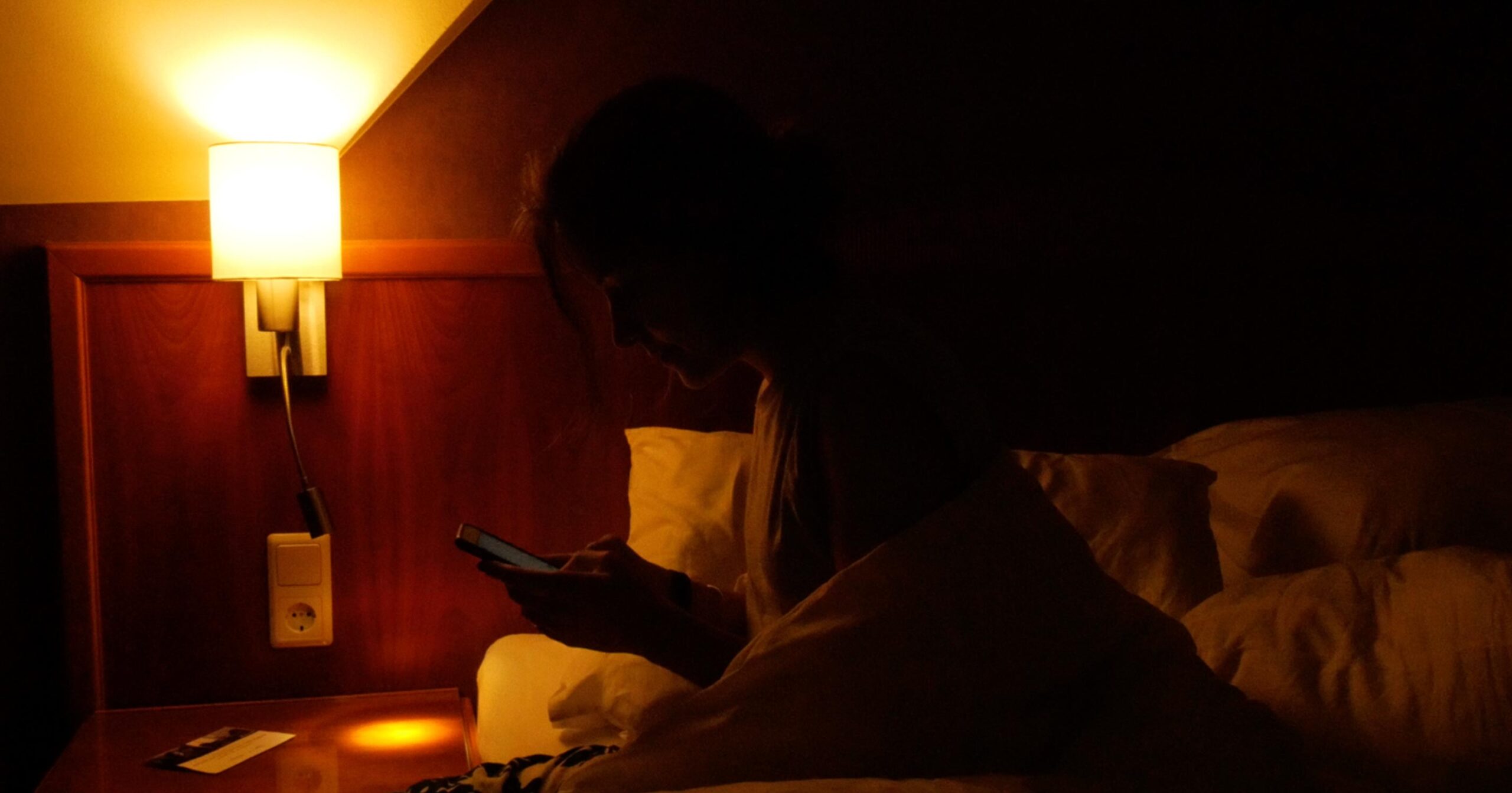
The name from the film stems from the interview with Geybullayeva, who has been closely involved with the #SOFJO platform from the very start. “My intention was to show a real picture of what it’s like dealing with online harassment: it’s very time consuming and both mentally and physically exhausting. By sharing my story, I also wanted to let other women journalists know they are not alone.”
“You start questioning and doubting yourself, which provokes a crisis of your self-perception as a professional”
Marija Vučić is one of the other women starring in the documentary film. She’s a journalist and fact-checker for the Crime and Corruption Reporting Network (KRIK) from Belgrade, Serbia. “Self-doubt is one of the many repercussions of online violence. You start questioning and doubting yourself, which provokes a crisis of your self-perception as a professional. If you want to criticize or attack male journalists, you would attack their competencies, ethics and professionalism. But if you want to attack a female journalist, you would say all those aforementioned things adding misogynic and sexist slurs. We are being attacked because we’re both journalists and women.”
Peer support with colleagues can be a valuable relief for targeted journalists. “It feels rewarding to help someone just by talking on the phone and reassuring that things will get better, that there is a light at the end of the tunnel”, Geybullayeva says, as she regularly receives messages or phone calls from journalists who experience online harassment, often for the first time. “During such traumatic moments, it is very important to receive support”, Vučić says, who has found herself overwhelmed by all the incoming calls and text messages of journalists showing their support when she needed it the most. “You can’t really know how much it means unless it happens to you.” Despite the severity of the attacks that female journalists face, she hopes it will not fade out their passion for the profession. “Bravery is not about the absence of fear, but proceeding to take action in spite of that fear. I believe our resilience and bravery make us stay in journalism.”
